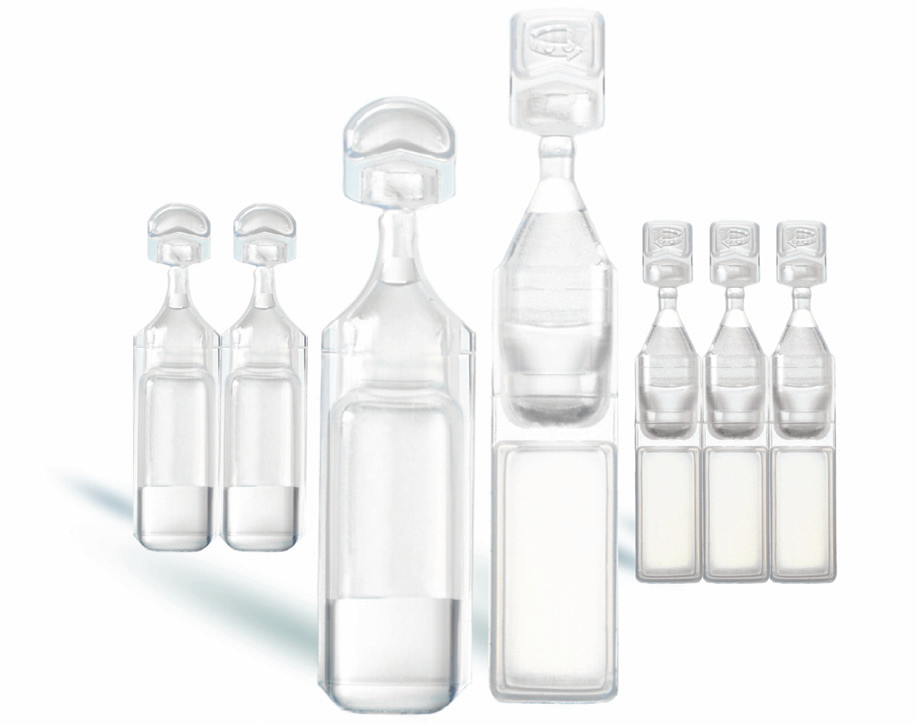Recently Published Articles
.png)
Peeling Back the Mystery: Industry Perspectives on Single versus Double Sterile Barrier Systems
Oliver Healthcare Packaging
Regulations and Standards
— 5 minute read

Emerging Therapeutics: The Cell Therapy Boom
Andrea Hecker
Education
Pharmaceutical and Biologics
— 5 minute read
.webp)
Interview: Charlotte Mavor on Peelable Sealants and the Launch of LumaPeel
Oliver Healthcare Packaging
Education
— 5 minute read
Contact Us
CONTACT US
CHAT

